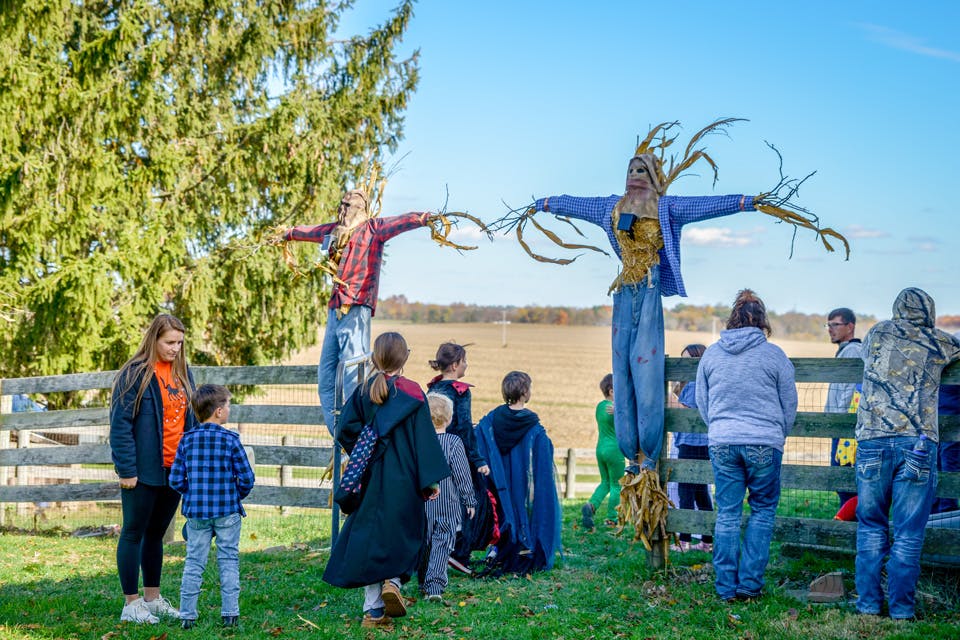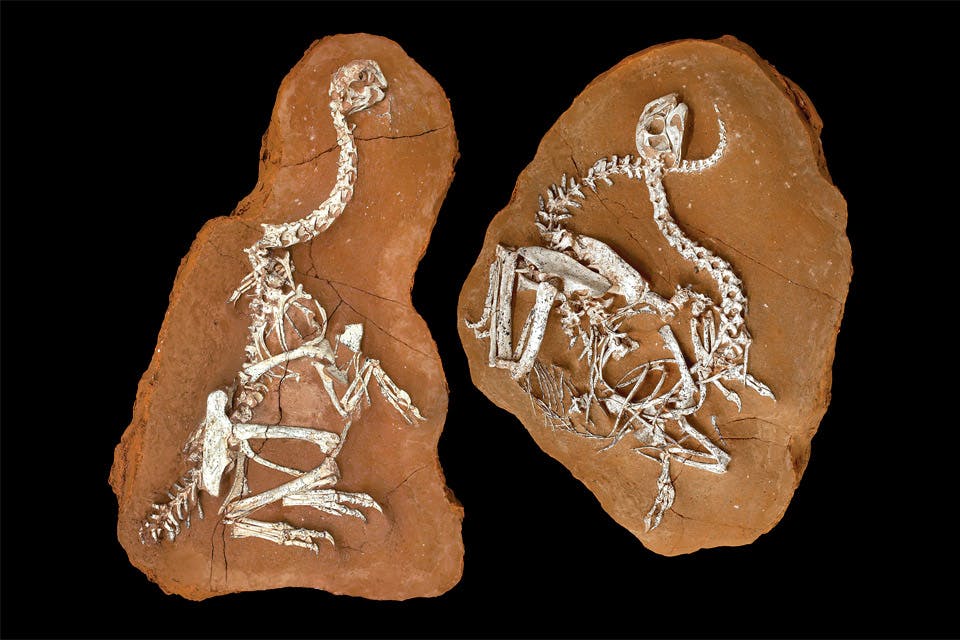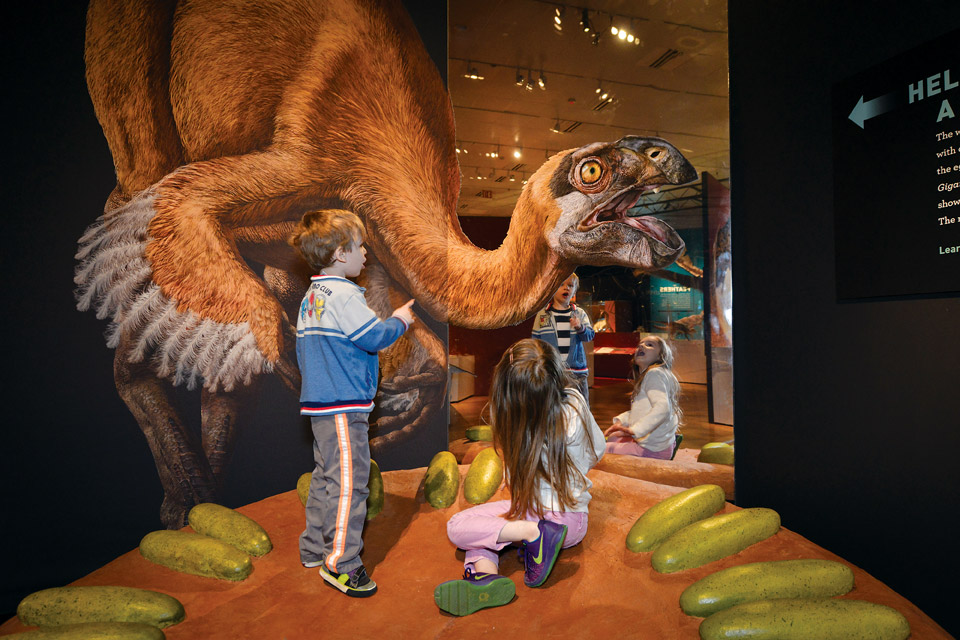Travel
Dinosaurs Come to COSI
The Columbus science center’s collaboration with New York’s American Museum of Natural History brings a new permanent gallery and a fresh perspective on the creatures we only think we know.
Related Articles

8 Ways to Spend Thanksgiving Weekend
Once the last plates are cleared, make your way to these fun-filled events that are sure to entertain out-of-town family and friends during the long weekend following Turkey Day. READ MORE >>

3 Fun Fall Attractions in Fairfield County, Ohio
From a magical celebration in downtown Lancaster to a driving trail featuring over 250 scarecrows, here is how to embrace fall in Fairfield County. READ MORE >>
.jpg?sfvrsn=63bdb638_5&w=960&auto=compress%2cformat)
Enjoy Family Fun on the Farm in Lake County
Visit Lake Matroparks’ Farmpark on June 21 and 22 for Dairy Days, where kids can milk a cow, ride a pony and more. READ MORE >>





